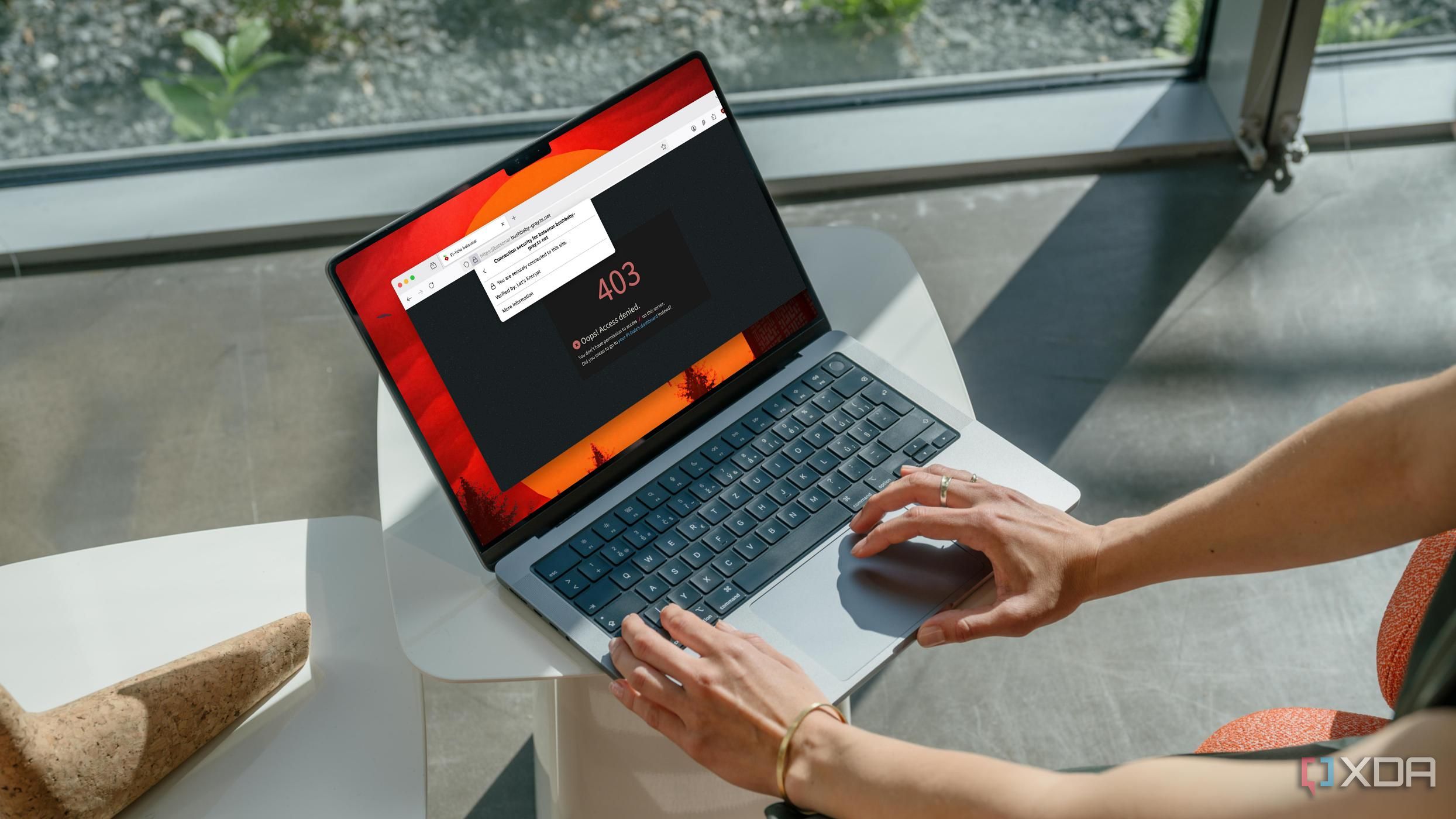Top Stories
Users Urged to Consider Risks of Switching to Headscale Over Tailscale

UPDATE: Users are being urged to think twice before switching from Tailscale to Headscale, as the self-hosted alternative presents significant challenges. This news comes as tech enthusiasts increasingly seek ways to reduce reliance on cloud services.
The shift towards self-hosting is gaining momentum, driven by a desire to maintain functionality even during internet outages. However, while Headscale offers a self-hosted control plane for Tailscale, it introduces new complexities that may not suit all users.
Headscale is designed for those with technical expertise, but its limitations could pose hurdles. Users require a dedicated IPv4 and IPv6 address from their Internet Service Provider (ISP) to operate Headscale effectively. Unfortunately, many regions face obstacles like CGNAT, which complicates secure connections and could undermine the benefits of switching.
The differences between the two platforms are striking. Tailscale is renowned for its ease of use, providing a seamless experience with features like dynamic Access Control Lists (ACLs) and advanced network management. Conversely, Headscale lacks these functionalities, including the Tailscale Funnel and Serve options, which could be dealbreakers for users accustomed to Tailscale’s robust offerings.
While Headscale does allow users to maintain some access to Tailscale’s infrastructure, the transition can be cumbersome. There is currently no migration tool to facilitate the transfer of existing tailnets, meaning users may face a daunting reconfiguration process. This poses a significant inconvenience, especially for families or non-technical users sharing services.
In an era where simplicity and reliability are paramount, Tailscale stands out for its user-friendly interface and dependable service. With its coordination server and DERP servers strategically located, Tailscale ensures high availability. In contrast, self-hosting Headscale on a single IP address could lead to connectivity issues, making it less viable for users who prioritize uninterrupted service.
Why This Matters NOW: As more individuals explore self-hosting options, understanding the implications of switching to Headscale is crucial. The potential for service disruption and increased management complexity could outweigh the benefits for many users.
Tech enthusiasts considering this transition should weigh their specific needs against the possible drawbacks of Headscale. While it offers a unique opportunity for self-management, the risks involved may not align with the broader user base seeking straightforward and reliable solutions.
In conclusion, as the tech landscape continues to evolve, users must remain vigilant about the tools they choose to implement. The contrast between Tailscale and Headscale highlights a critical choice in the self-hosting journey: convenience versus control. As these developments unfold, users should stay informed and act accordingly to ensure their networking solutions meet their needs.
-

 Science1 week ago
Science1 week agoInventor Achieves Breakthrough with 2 Billion FPS Laser Video
-

 Top Stories2 weeks ago
Top Stories2 weeks agoCharlie Sheen’s New Romance: ‘Glowing’ with Younger Partner
-

 Entertainment2 weeks ago
Entertainment2 weeks agoDua Lipa Aces GCSE Spanish, Sparks Super Bowl Buzz with Fans
-

 Business2 weeks ago
Business2 weeks agoTyler Technologies Set to Reveal Q3 Earnings on October 22
-

 Entertainment2 weeks ago
Entertainment2 weeks agoMother Fights to Reunite with Children After Kidnapping in New Drama
-

 World2 weeks ago
World2 weeks agoR&B Icon D’Angelo Dies at 51, Leaving Lasting Legacy
-

 Health2 weeks ago
Health2 weeks agoCommunity Unites for 7th Annual Into the Light Walk for Mental Health
-

 Entertainment2 weeks ago
Entertainment2 weeks agoRed Sox’s Bregman to Become Free Agent; Tigers Commit to Skubal
-

 Science2 weeks ago
Science2 weeks agoNorth Carolina’s Biotech Boom: Billions Invested in Manufacturing
-

 Health2 weeks ago
Health2 weeks agoCurium Group, PeptiDream, and PDRadiopharma Launch Key Cancer Trial
-

 Top Stories2 weeks ago
Top Stories2 weeks agoDisney+ Launches Chilling Classic ‘Something Wicked’ Just in Time for October
-

 Health2 weeks ago
Health2 weeks agoNorth Carolina’s Biotech Boom: Billions in New Investments









